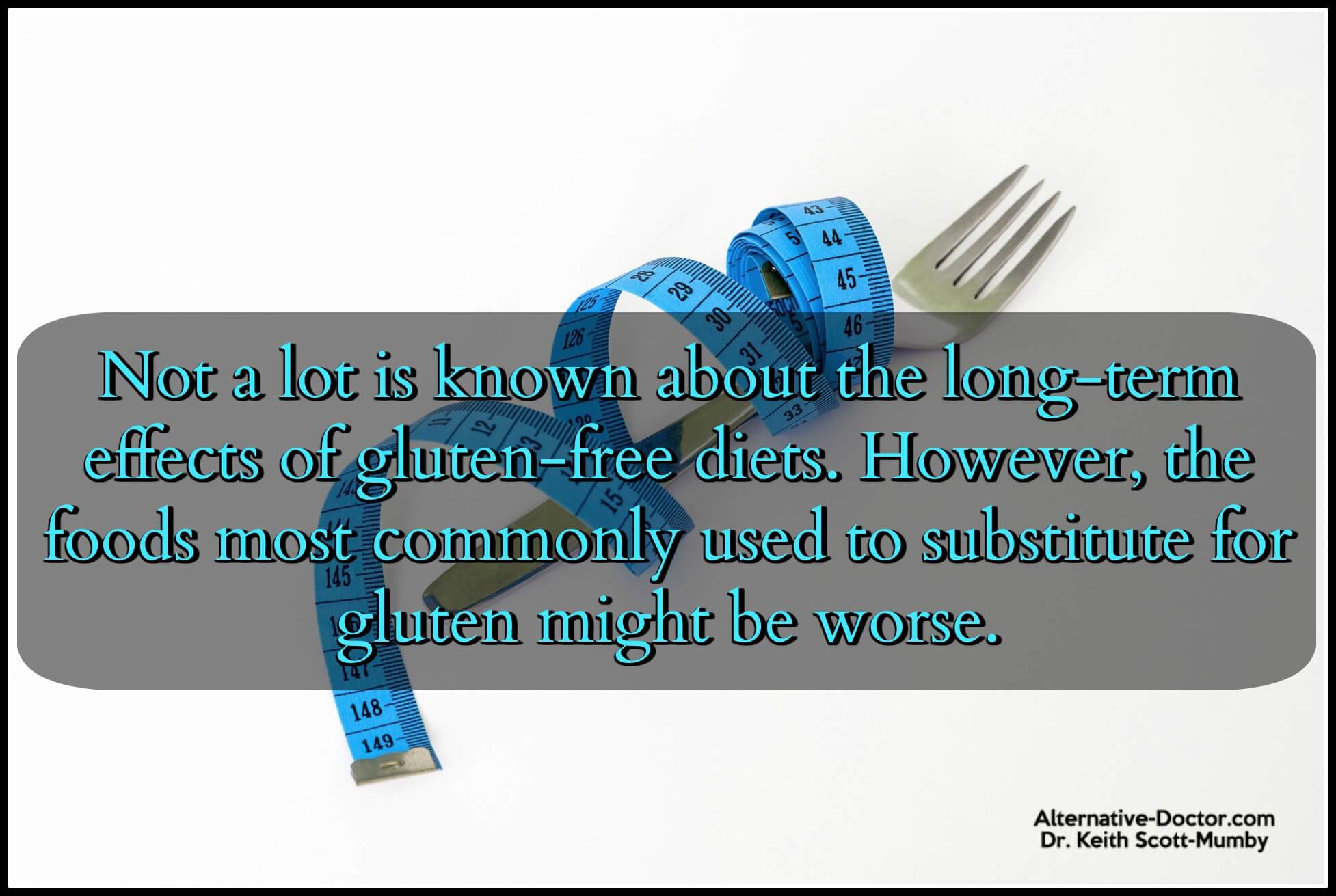Those who suffer from celiac disease are forced to follow a gluten-free diet. Gluten is a protein that occurs naturally in grains like wheat, barley, and rye.
According to the Celiac Disease Foundation (CDF), “Celiac disease is a serious genetic autoimmune disorder where the ingestion of gluten leads to damage in the small intestine. It is estimated to affect 1-in-100 people worldwide. Two and one-half million Americans are undiagnosed and are at risk for long-term health complications.”
A simple blood test to identify a specific antibody can determine whether or not you have celiac disease. CDF outlines the most common symptoms of the disease to watch for in children and adults as follows:
Symptoms of Celiac Disease in Children
- Abdominal bloating and pain
- Chronic diarrhea, constipation or having pale, foul-smelling, or fatty stool
- Vomiting
- Weight loss
- Fatigue, irritability, and behavioral issues (ADHD)
- Dental enamel damage to permanent teeth
- Delayed growth, puberty, or failure to thrive
Symptoms of Celiac Disease in Adults
- Unexplained iron-deficiency anemia
- Fatigue, depression, or anxiety
- Bone or joint pain, arthritis, or bone loss
- Liver and biliary tract disorders
- Tingling, numbness, or pain in the hands and feet
- Seizures or migraines
- Missed menstrual periods, infertility, or recurrent miscarriage
- Canker sores inside the mouth
- Skin rash
Those who suffer with celiac disease face uncomfortable, painful, and debilitating symptoms that impact their entire life. Even consuming half a cracker containing gluten can send sufferers of celiac disease into massive discomfort.
In addition to the symptoms listed above, long-term damage to the small intestine makes it difficult for your body to absorb nutrients from food. This results in vitamin and mineral deficiencies that lead to further health issues.

Decoding the Gluten-Free Diet Fads
Meanwhile, approximately 1-in-5 people in the United States follow a partial or total gluten-free diet. There’s no medical reason for them to do so. While it was once difficult to find foods without gluten, they’re the latest fad to hit market shelves and they aren’t cheap.
In 2014, the gluten-free industry recorded $9 billion in annual sales. You know exactly why they think it’s a good idea to get rid of gluten.
Health bloggers cite two primary reasons for their readers to adhere to a gluten-free diet despite not having celiac disease – weight loss and increased energy.
Dr. Daniel A. Leffler is an assistant professor of medicine at Harvard and clinical research director at the Celiac Center in Boston. He explained, “People who are sensitive to gluten may feel better, but a larger portion will derive no significant benefit from the practice. They’ll simply waste their money, because these products are expensive.”
If you’re sensitive to gluten – but do not have celiac disease – you may experience milder symptoms like those listed above but only those diagnosed with celiac experience damage to their small intestine.
To the 300,000 people (fewer than 1% of the U.S. population) diagnosed with a medical condition that demands a removal of all gluten, it isn’t a fad at all.
It’s a total life change that requires them to literally examine everything they consume, find specialty products without gluten that aren’t readily available, and spend money on goods most people buy for much less.
Dr. Leffler put it in perspective, “[A gluten-free diet] is a gigantic burden for those who have to follow it. They get frustrated when they hear how wonderful this diet is.”
Grain Pros and Cons
In the last several decades, the Western Diet has pretty much wiped out healthy fats, drastically increased simple carbohydrate consumption, and added pounds of refined sugars to the average consumer’s eating plan annually.
The truth is that the average person does eat too many carbohydrates in the form of grain products. However, wiping them out of your diet entirely leaves your body without specific fuel it utilizes quickly and efficiently – in addition to the nutritional content.
The medical community currently recommends 45-65% of your calories in carbs, 10-35% in protein, and 20-35% in fat. Naturally, this is somewhat backwards.
A good rule of thumb is 50% healthy fat, 25% protein, and 25% carbohydrates – and choose your food options wisely. You can make adjustments based on how you feel.
Everything in moderation. That’s always the key.
There are dangers in too many grains just as there are in too much sugar or fast food. Study after study has shown the benefit of moderate grain consumption (lower risk of diabetes, heart disease, and many forms of cancer). Why the standard recommended ratio is so high for grain-based foods, that’s a question for another article.
The gluten-free diet explosion is new. Not a lot is known about the long-term effects.
However, the foods most commonly used to substitute for gluten-containing foods might be worse than the gluten.
Emerging research suggests replacement foods may be significantly higher in arsenic and mercury. Between 2009 and 2014, the researchers with the National Health and Nutrition Examination Survey discovered that the presence of these toxic metals were 70% higher in those who followed a gluten-free diet. That’s definitely something to watch!
Why do so many people profess to feel better following the “gluten-free lifestyle” if it doesn’t have a measurable impact? Most likely, those who report the best results removed toxic processed foods from their diet. If they’d replaced them with whole veggies, they more than likely would have felt just as much improvement.
The one consistent benefit of fad diets is they encourage consumers to read labels. That’s always a good thing.
Choose your foods carefully. Eat proper portions. Remove things that make you feel poorly. That’s the only “fad” you need.
